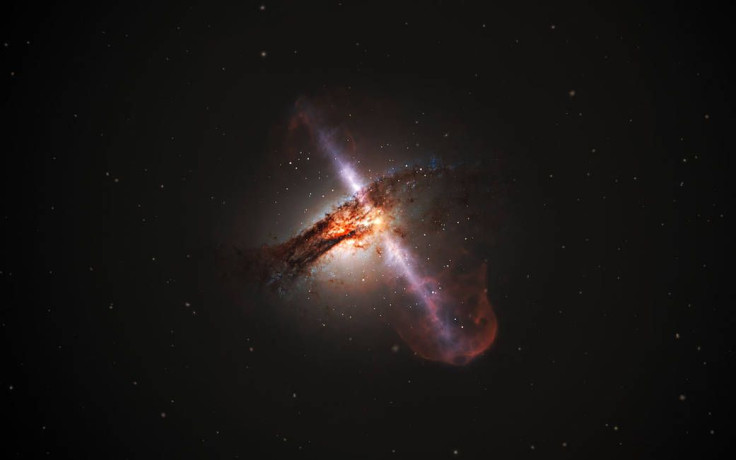How Ancient Black Holes Became Enormous

A team of astronomers has made a surprising discovery that could explain why some black holes grow into enormous sizes.
Using the Atacama Large Millimeter/submillimeter Array in Chile, astronomers were able to observe a galaxy known as Messier 77, which is about 47 light-years away. Sitting at the center of this galaxy is a supermassive black hole.
According to the astronomers, the black hole was formed during the early years of the universe. Back then, scientists believed it was too early for massive cosmic objects to form. But, after closely examining Messier 77 and its black hole, the astronomers noticed that the latter is devouring cosmic materials at a very rapid rate.
Follow-up observations on the galaxy also revealed that the cloud of gas, dust and other debris around the black hole are swirling in opposite directions. The astronomers explained that this could be the reason as to why the black hole is feeding at a rate that’s faster than normal.
“Surprisingly, we found two disks of gas rotating in opposite directions,” lead astronomer Violette Impellizzeri said in a statement.
“Counter-rotating gas streams are unstable, which means that clouds fall into the black hole faster than they do in a disk with a single rotation direction,” she added. “This could be a way in which a black hole can grow rapidly.”
Based on their observations, the black hole of Messier 77 is about 15 million times more massive than the Sun. It has also grown so big that its event horizon, which is the point of no return in black holes, measures about 54 million miles wide.
According to the astronomers, seeing gas rotating in opposite directions into a black hole is not normal. They theorized that Messier 77 may have gotten involved in a galactic collision, which disturbed the cosmic materials in the galaxy.
“The counter-rotation always results from the collision or interaction between two galaxies,” astronomer Jack Gallimore explained. “What makes this result remarkable is that we see it on a much smaller scale, tens of light-years instead of thousands from the central black hole.”
The findings of the researchers were presented in a new study published in the Astrophysical Journal Letters.
© Copyright IBTimes 2024. All rights reserved.





















